Apology letter to judge template
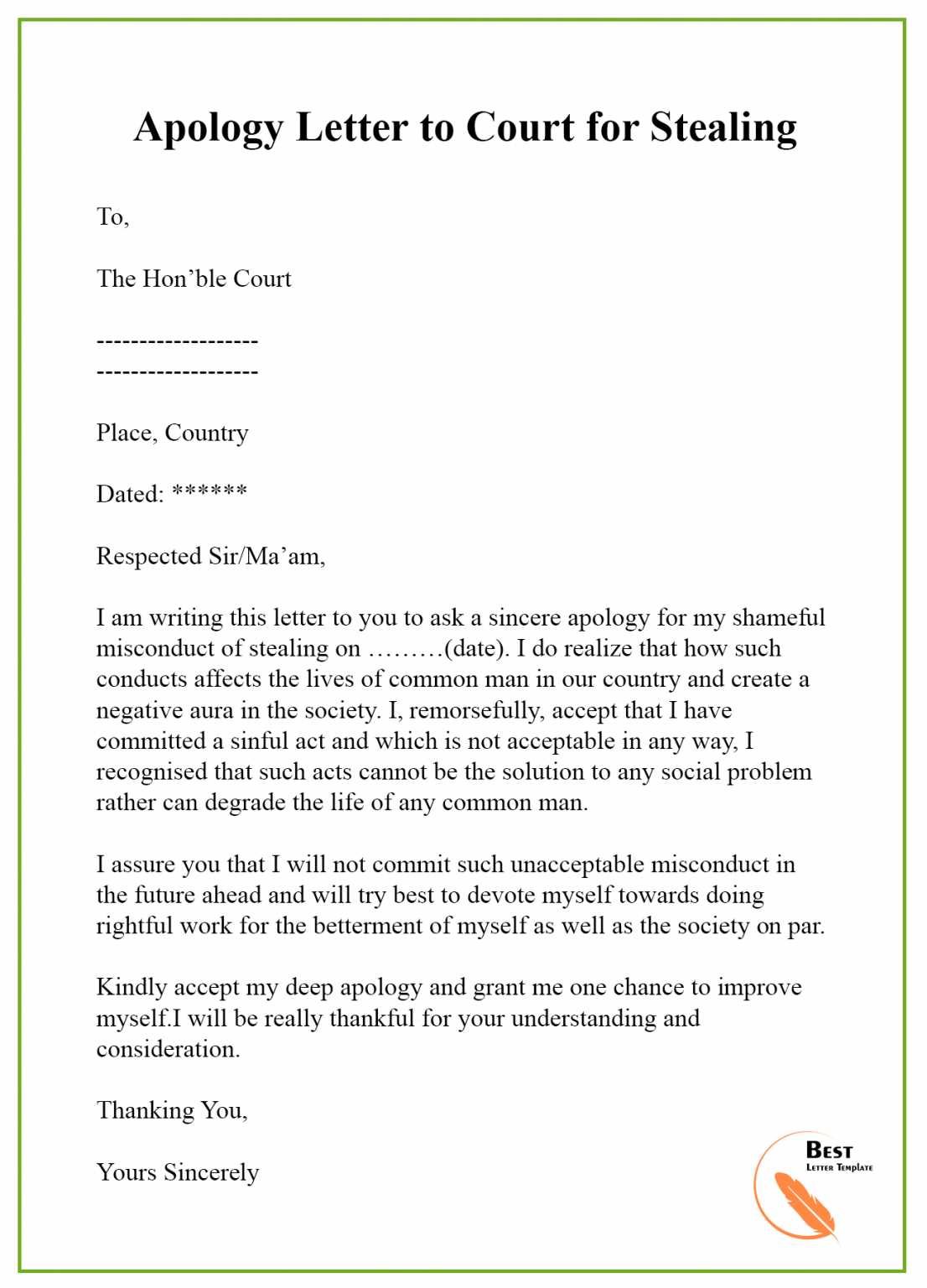
How to Write a Clear and Respectful Apology Letter to a Judge
Start by addressing the judge formally with “Dear Judge [Last Name]”. Make sure to use the correct title, as this reflects respect for their position. Ensure that the letter is concise, clear, and free from emotional language. Present the facts in a straightforward manner and avoid giving excuses. Here is a guide for structuring the apology letter effectively:
1. Apology and Acknowledgment
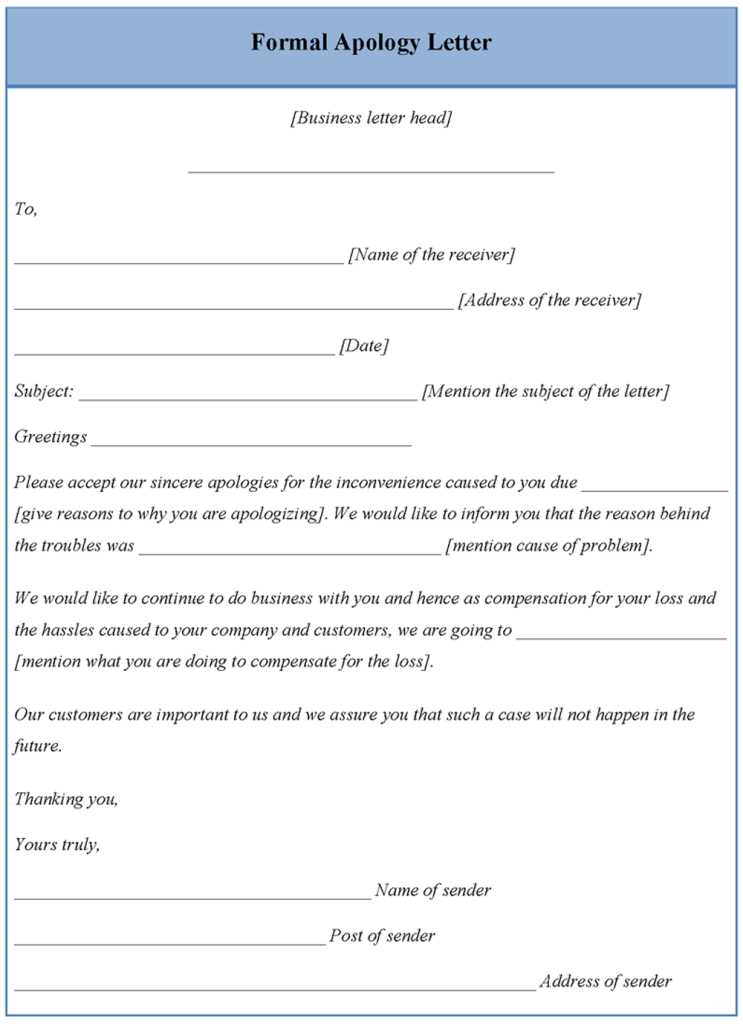
Begin with a direct and sincere apology. Acknowledge the mistake or behavior that led to the letter. This will show responsibility without deflecting blame.
- Example: “I am writing to sincerely apologize for my actions on [date]. I fully understand the impact of my behavior and deeply regret my decision.”
2. Explain the Circumstances
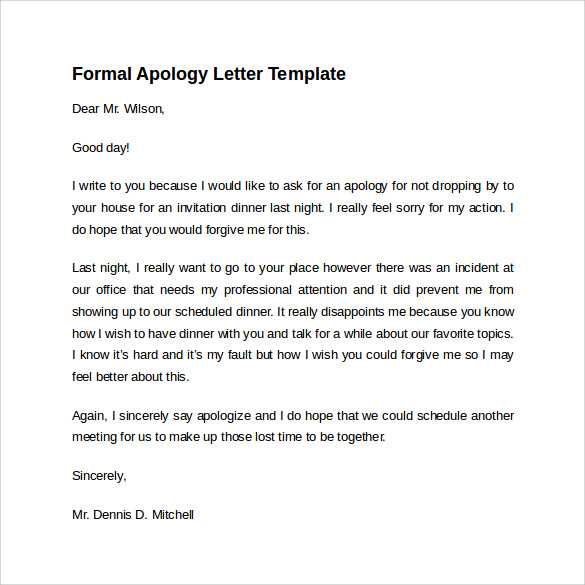
Briefly explain the context without trying to justify the mistake. This helps to give the judge a better understanding of the situation. Stick to the relevant details and avoid unnecessary elaboration.
- Example: “At the time of the incident, I was dealing with [brief explanation of situation], which clouded my judgment. However, I take full responsibility for my actions.”
3. Express Remorse and Show Accountability
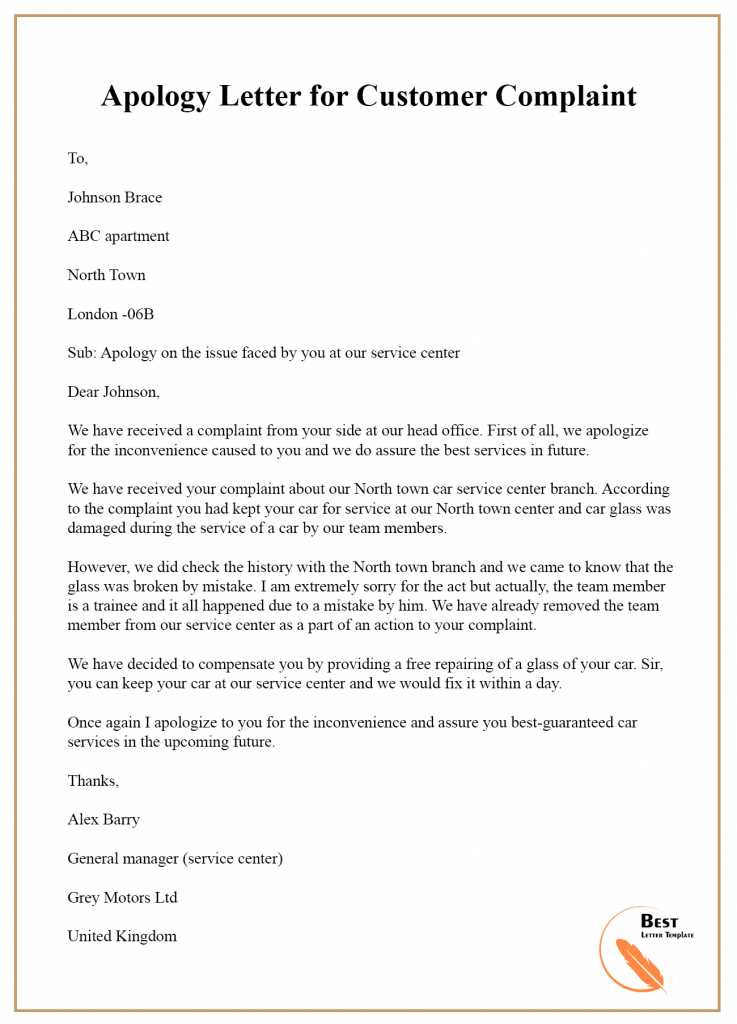
Express genuine remorse for your actions. Acknowledge the consequences, and show that you understand the impact on others and the justice system.
- Example: “I deeply regret any inconvenience or harm my actions may have caused to the court, the involved parties, and my community.”
4. Outline Steps Taken to Correct the Behavior
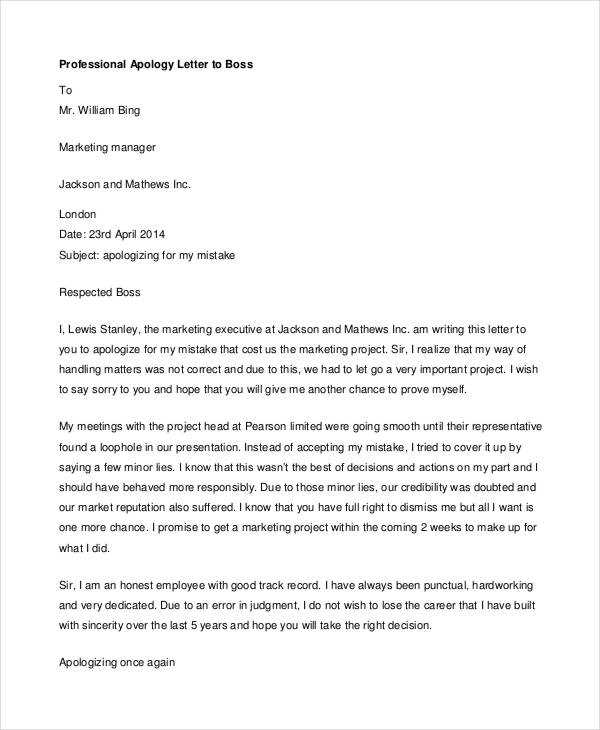
Demonstrate your commitment to rectifying the situation. Mention any positive actions or changes you have made since the incident. This shows growth and a proactive approach.
- Example: “Since the incident, I have [steps taken, e.g., attended counseling, completed a course, etc.].”
5. Request for Leniency (Optional)
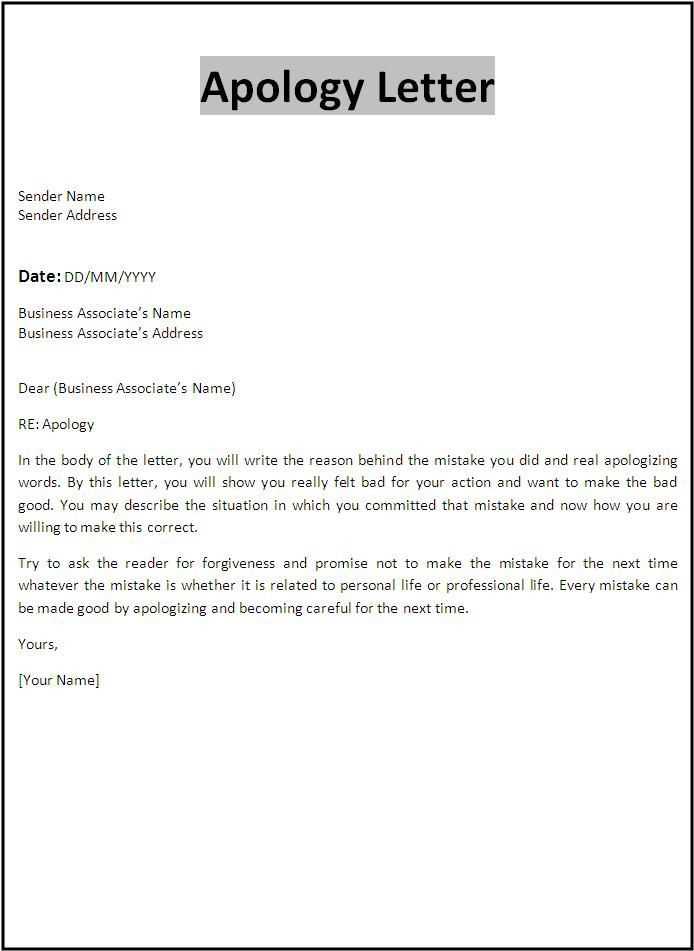
If appropriate, you may request leniency. This should be done respectfully and without demanding any specific outcome. Show humility in your request.
- Example: “I respectfully ask for your understanding and leniency in this matter, considering the steps I have taken to improve myself.”
6. Closing
End the letter with another expression of gratitude and respect for the judge’s time and consideration. Sign off formally with your full name.
- Example: “Thank you for your time and consideration. I sincerely appreciate your understanding.”
- End with: “Sincerely, [Your Full Name]”
By keeping the tone respectful and clear, you can communicate your remorse effectively and potentially mitigate the situation. A well-written apology letter reflects your willingness to make amends and take responsibility for your actions.
Apology Letter to Judge Template
How to Start Your Apology Letter to a Judge
Key Elements to Include in Your Apology Letter
Correct Tone and Language When Writing to a Judge
Explaining Your Actions and Expressing Remorse
How to Organize Your Apology Letter for Clarity
What to Avoid When Writing to a Judge
To begin, address the judge formally using “Dear Judge [Last Name].” Avoid informal greetings or titles. State your case number and your full name for clear identification.
In the body, acknowledge your actions without deflecting responsibility. Be direct and avoid making excuses. Express genuine regret for your behavior and its impact. You might write something like: “I deeply regret my actions on [date] and understand the seriousness of my behavior.” This establishes sincerity.
Include key elements such as an explanation of what happened, any steps you’ve taken to rectify the situation, and what you’ve learned from the experience. Use clear, simple language to ensure your message is easily understood. Avoid long or complex sentences.
Maintain a respectful tone throughout the letter. This means using formal language and addressing the judge with the appropriate level of respect. Avoid being overly casual or too emotional in your wording. Focus on clarity and sincerity.
When explaining your actions, focus on facts and show that you’ve thought about the consequences. Avoid blaming others or external circumstances. Show that you understand why your actions were wrong and express remorse for the harm caused.
Structure your letter logically. Begin with an introduction, follow with an explanation of the situation, then move to your apology and any actions taken to prevent a recurrence. Conclude with a respectful statement like, “I hope the court can consider my apology and any actions I have taken to make amends.” This helps keep the letter organized and professional.
Avoid emotional language or over-explaining. Judges value brevity and clarity, so keep your apology straightforward. Don’t use slang, excessive apologies, or plead for leniency in a way that might seem insincere.